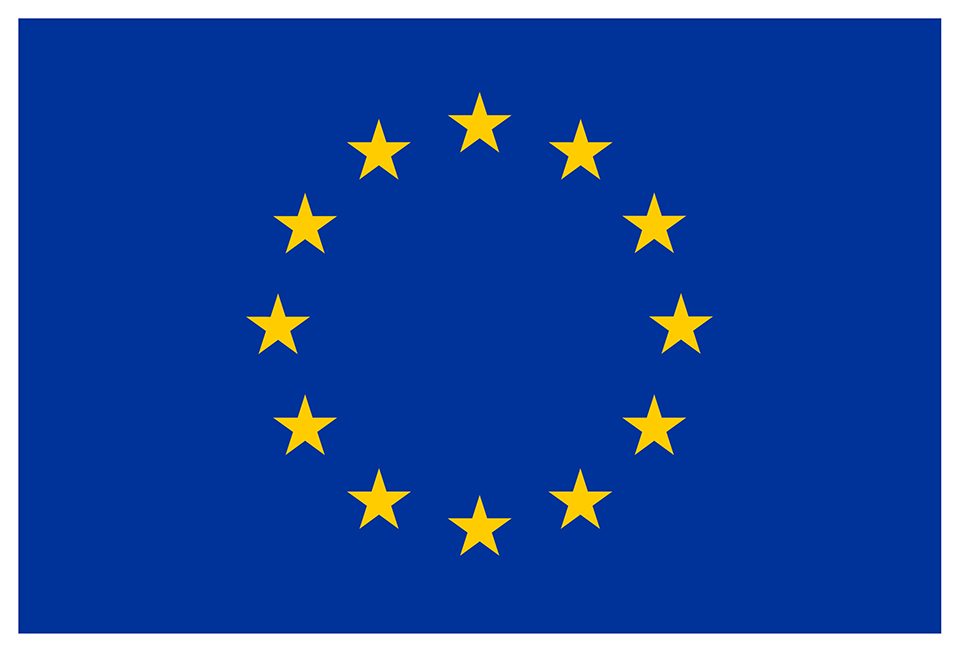EU4OceanObs launched the European Ocean Observing Awareness Campaign to showcase how the European Union (EU) is responding to global ocean and coastal data needs, with a specific focus on the EU contribution to in situ ocean observing. The campaign will raise awareness on the need for sustained and comprehensive in situ observations, which combined with satellite observations and predictive models, are critical for generating knowledge required for sustainable development, management and protection of ocean resources and coastal resilience.
The project also aims to capture the human faces behind ocean observing, highlighting importance of generational diversity and exchange of knowledge for sustainable global ocean observation.
What are in situ observations and why shed light on in situ ocean observing?
In-situ ocean observations are crucial for understanding the ocean system, improving the quality of weather and seasonal climate forecasts, ocean models and forecasts of the state of the ocean and its ecosystems, climate research, validating satellite data and assessing the impact of management strategies. In-situ observations are direct measurements of sea water properties made using a combination of sensors on a wide range of platforms that allow autonomous observations at sea, such as profiling floats, drifting buoys, gliders, moorings, instrument-tagged marine mammals, Ships of Opportunity including commercial ships and ferries.
This vast network of in situ observations allow us to observe ocean variability at different scales at and below the surface of the ocean. Because the deployment and maintenance of ocean observing infrastructure is technically complex and costly, international collaboration and coordination are crucial to ensure global coverage, global data sharing, and interoperability of the many sensors and sampling methods that contribute to a global view. Only united worldwide effort can ensure a fit-for-purpose ocean observation system deployed by 2030 that is able to provide the measurements we need to address major societal challenges in support of the UN’s Decade of Ocean Science for Sustainable Development, UN SDG 14: life below water, the EU’s Green Deal objectives, among others.
EU commitment and contribution to global in situ ocean observation
The EU is strongly committed to the development of a coordinated sustained and fit-for-purpose system of global in situ ocean observations, and has established and funds, together with national member state funding, marine research infrastructures and the EU Copernicus in situ component.
European marine research infrastructures include specialised large-scale facilities encompassing instruments, vessels, data and services that cover wide scientific fields, in response to global marine challenges and contributing to sustained in situ global ocean observation. They have been or are being set up either as ERICs (European Research Infrastructure Consortia) with engagement at ministry level, or as AISBL (international non-profit organisation) with engagement at institute level.



